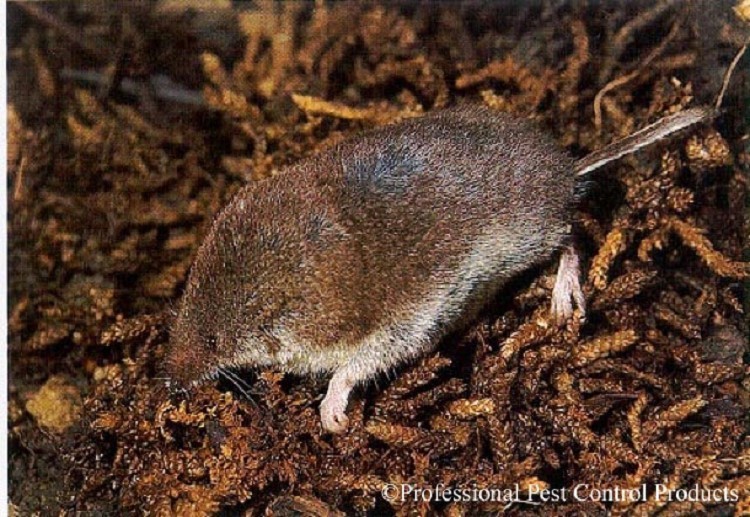American Pygmy Shrew, Sorex hoyi
The American Pygmy Shrew is the smallest mammal of North America occurs across Tennessee, except west of the Tennessee River.
Description: A tiny mammal with a short, brownish fur coat in the summer and grayish in the winter; they are pale gray below. It has a long, pointed snout, cylindrical body, and tiny eyes. The tail is about one-third the length of the body, and dark brown above and paler below.
Length: 3.1 - 3.9 inches
Tail: 1.1 - 1.4 inches
Weight: 0.13 ounces
Similar Species:
Cinereus Shrew is slightly larger with a longer tail.
Habitat: Occupies a wide range of habitats, including grassy openings, coniferous and deciduous forests, floodplains, and bogs.
Diet: Large part of diet includes spiders, beetles, and insect larvae; but also eats earthworms, caterpillars, and centipedes.
Breeding information: Breeding ecology and nest sites are not well known . Most births occur between January and March, although births do occur in the fall in lower numbers. Gestation is thought to last 2-3 weeks with an average of 5-6 young born per litter.
Status in Tennessee: American Pygmy Shrew is uncommon throughout its range, and Deemed in Need of Management by Tennessee Department or Environment and Conservation.
Fun Facts:
•American Pygmy Shrews often stand on their hind legs like a Kangaroo; they are very agile and can jump as high as 4 inches.
•Weighs less than a dime.
Best places to see in Tennessee:
Moist grassy opening in a forest with downed timber.
